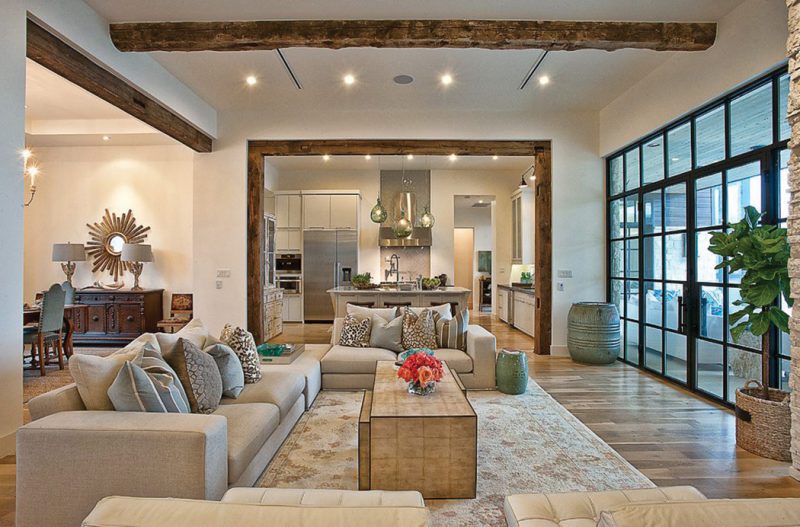Transitional Design
A Harmony of the Classic and the Clean
 By Shelagh Duncan
By Shelagh Duncan
If you appreciate the classic shapes and silhouettes of traditional interiors, but also enjoy the minimalism and open concepts of contemporary and modern interiors—then the transitional style is probably right for you!
Transitional interior design is a perfect fusion of traditional and contemporary styles. It borrows from the best of both worlds to create a balanced and sophisticated space. As the name probably suggests, transitional design came about by combining two opposite styles. It’s sometimes referred to as “an updated take on the classics”.
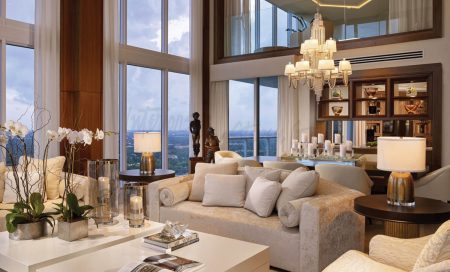 On the one hand, you have the warmth, comfort and balance that comes from a traditional aesthetic. But refusing to be bogged down by the ornate details that can sometimes make traditional spaces feel outdated, the transitional look pares it down and incorporates the clean lines and simplistic nature that defines contemporary design. At its best, this style feels timeless with a modern twist.
On the one hand, you have the warmth, comfort and balance that comes from a traditional aesthetic. But refusing to be bogged down by the ornate details that can sometimes make traditional spaces feel outdated, the transitional look pares it down and incorporates the clean lines and simplistic nature that defines contemporary design. At its best, this style feels timeless with a modern twist.
What defines Transitional Design?
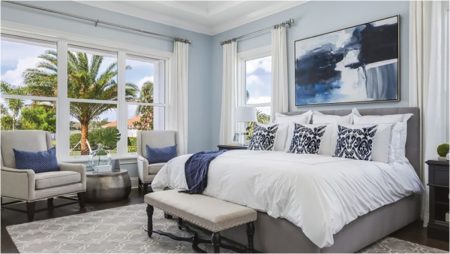 1. Neutral Colours
1. Neutral Colours
Similar to contemporary design, transitional spaces tend to have neutral colour palettes. Selecting a calming color palette should be your first step. Designing a home in shades of grey, tan, beige, taupe and ivory will make the space feel peaceful and comfortable. Neutral wall colours also serve as the perfect backdrop for your furniture, accent pieces, and artwork. Opt for subdued shades, choose soft grays over harsh blacks and warm tans rather than harsher, deep browns.
2. Furnishings
Furnishings should be that perfect blend of traditional and contemporary elements, and focus on comfort and practicality for today’s lifestyles. Transitional furniture pieces tend to have more classic shapes and silhouettes, but are smaller in size with less ornamentation. Look for pieces that exemplify the clean lines found in contemporary design, but are also plush enough to make the room feel cozy and welcoming.
 You can have fun and play around with patterns and accent colours in your upholstery, wall treatments, and accessories, and the art and accessories you choose will need to pack a little punch as everything will be neutral. They will need to be bold enough to create visual interest in the space without distracting from its overall feel.
You can have fun and play around with patterns and accent colours in your upholstery, wall treatments, and accessories, and the art and accessories you choose will need to pack a little punch as everything will be neutral. They will need to be bold enough to create visual interest in the space without distracting from its overall feel.
When you do add a pop of color, make sure it enhances that serene feeling. Blues, in particular, are a great option because color psychology has shown they have calming connotations. Softer shades of greens and purples will also work nicely.
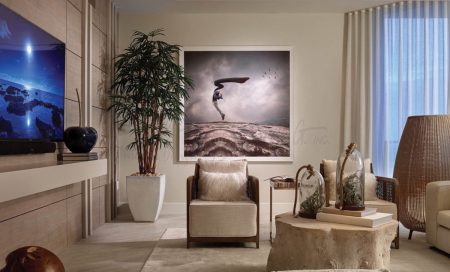 3. Simple Lines
3. Simple Lines
Similar to its contemporary counterparts, a transitional style home celebrates clean lines and simple architecture. Curves combine with straight lines in a transitional style interior to deliver a look that balances both masculine and feminine attributes for a comfortable and relaxing, uncomplicated design.
 4. Natural Elements
4. Natural Elements
Touches of natural elements will make any space feel warmer, more welcoming and calm. Accents of rich woods are a prominent defining characteristic in transitional design, both to complement the neutral colour schemes and add more visual interest with warmth and texture. Borrowing from traditional design, transitional spaces often have built-in cabinetry—a great opportunity to hide the clutter! Wood wall or ceiling features work beautifully, as do marble, granite, and metal accents like steel.
5. Neutral Floors
Don’t limit neutral colours to your walls. Light coloured floor tiles are popular choices in transitional decor, and keeping to one colour throughout the house creates flow and unifies spaces. As in traditional rooms, rugs are used in this style to add colour and personality, although here in Costa Rica care is needed in selecting suitable rug materials. Area rugs will give you another opportunity to have fun with shapes, patterns and textures!
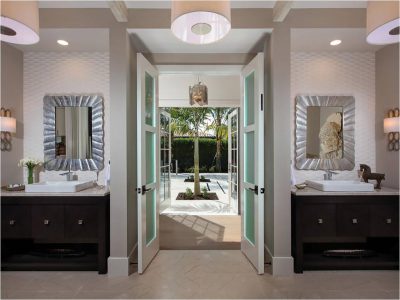 6. Minimalism
6. Minimalism
Transitional spaces take a more minimalist approach when it comes to decorating. You’ll find simpler ornamentation, fewer accessories, and elegant finishes, so choose your accessories with a calm oasis in mind.
7. Understated Sophistication
With its simple lines, more refined furnishings, and neutral colour palettes, transitional design could be defined as the epitome of understated sophistication. It’s no wonder this style has become a favourite—it takes the best elements from both contemporary and traditional design to create a warm, elegant, and timeless space.


